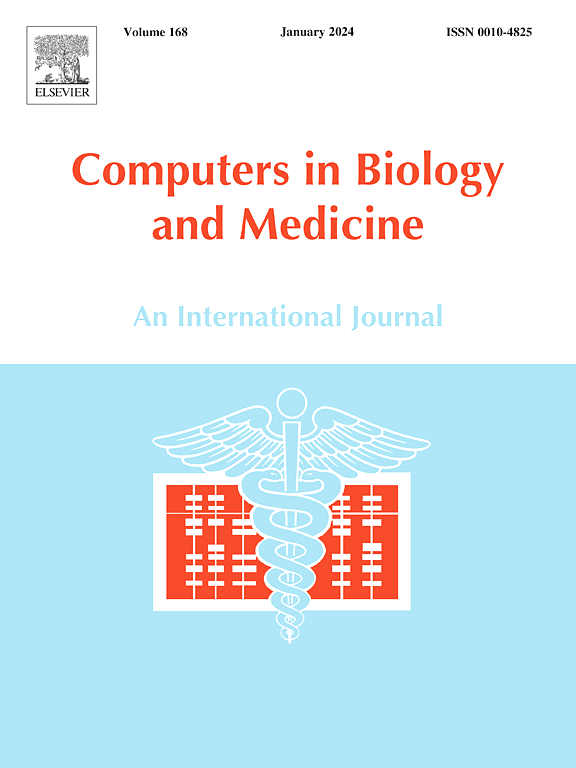BOATMAP: Bayesian Optimization Active Targeting for Monomorphic Arrhythmia Pace-mapping
IF 7
2区 医学
Q1 BIOLOGY
引用次数: 0
Abstract
Recent advances in machine learning and deep learning have presented new opportunities for learning to localize the origin of ventricular activation from 12-lead electrocardiograms (ECGs), an important step in guiding ablation therapies for ventricular tachycardia. Passively learning from population data is faced with challenges due to significant variations among subjects, and building a patient-specific model raises the open question of where to select pace-mapping data for training. This work introduces BOATMAP, a novel active learning approach designed to provide clinicians with interpretable guidance that progressively assists in locating the origin of ventricular activation from 12-lead ECGs. BOATMAP inverts the input–output relationship in traditional machine learning solutions to this problem and learns the similarity between a target ECG and a paced ECG as a function of the pacing site coordinates. Using Gaussian processes (GP) as a surrogate model, BOATMAP iteratively refines the estimated similarity landscape while providing suggestions to clinicians regarding the next optimal pacing site. Furthermore, it can incorporate constraints to avoid suggesting pacing in non-viable regions such as the core of the myocardial scar. Tested in a realistic simulation environment in various heart geometries and tissue properties, BOATMAP demonstrated the ability to accurately localize the origin of activation, achieving an average localization accuracy of with only pacing sites. BOATMAP offers real-time interpretable guidance for accurate localization and enhancing clinical decision-making.
BOATMAP:单形心律失常起搏图的贝叶斯优化主动定位。
机器学习和深度学习的最新进展为学习定位 12 导联心电图(ECG)中心室激活的起源提供了新的机会,这是指导室性心动过速消融疗法的重要一步。由于受试者之间存在显著差异,从群体数据中进行被动学习面临着挑战,而建立患者特异性模型则提出了一个开放性问题,即从何处选择起搏图数据进行训练。这项研究介绍了 BOATMAP,这是一种新颖的主动学习方法,旨在为临床医生提供可解释的指导,逐步帮助他们从 12 导联心电图中定位心室激活的起源。BOATMAP 颠覆了传统机器学习解决方案中的输入输出关系,将目标心电图和起搏心电图之间的相似性作为起搏部位坐标的函数进行学习。BOATMAP 使用高斯过程 (GP) 作为替代模型,迭代改进估计的相似性情况,同时向临床医生提供有关下一个最佳起搏点的建议。此外,它还能结合约束条件,避免建议在心肌瘢痕核心等不可行区域进行起搏。在各种心脏几何形状和组织特性的真实模拟环境中进行的测试表明,BOATMAP 能够准确定位激活的起源,仅在 8.0±4.0 个起搏点上就达到了 3.9±3.6 毫米的平均定位精度。BOATMAP 为准确定位和加强临床决策提供了可解释的实时指导。
本文章由计算机程序翻译,如有差异,请以英文原文为准。
求助全文
约1分钟内获得全文
求助全文
来源期刊

Computers in biology and medicine
工程技术-工程:生物医学
CiteScore
11.70
自引率
10.40%
发文量
1086
审稿时长
74 days
期刊介绍:
Computers in Biology and Medicine is an international forum for sharing groundbreaking advancements in the use of computers in bioscience and medicine. This journal serves as a medium for communicating essential research, instruction, ideas, and information regarding the rapidly evolving field of computer applications in these domains. By encouraging the exchange of knowledge, we aim to facilitate progress and innovation in the utilization of computers in biology and medicine.
 求助内容:
求助内容: 应助结果提醒方式:
应助结果提醒方式:


